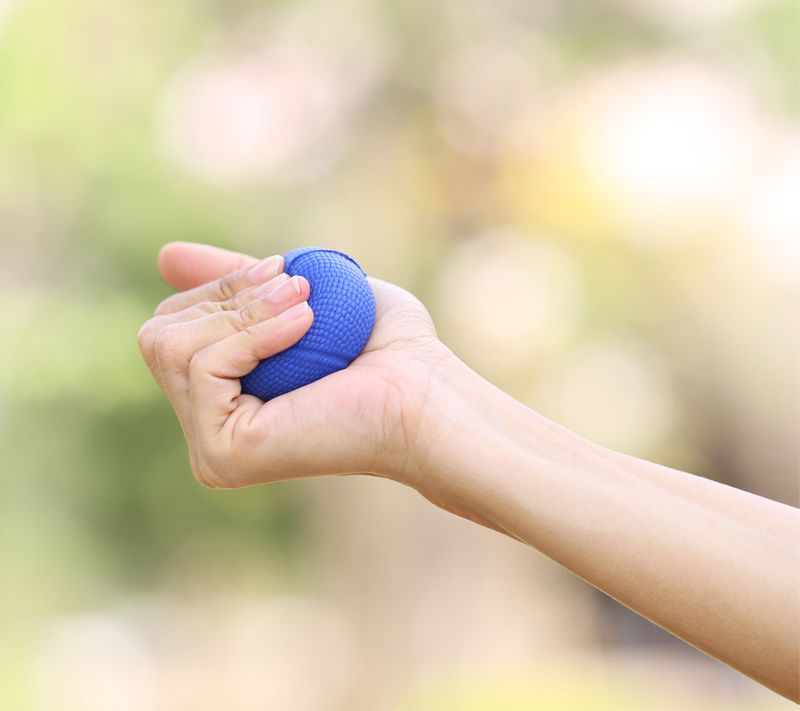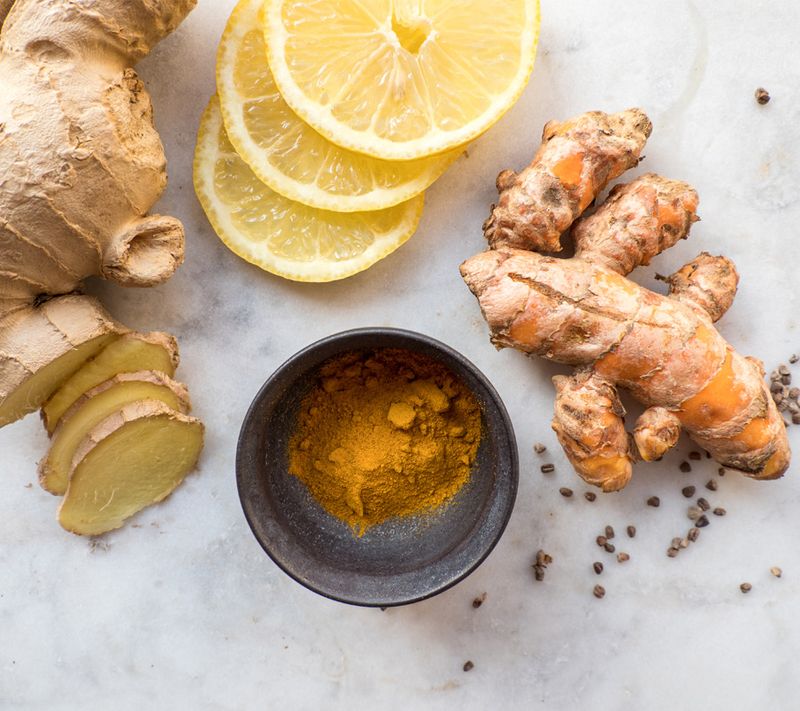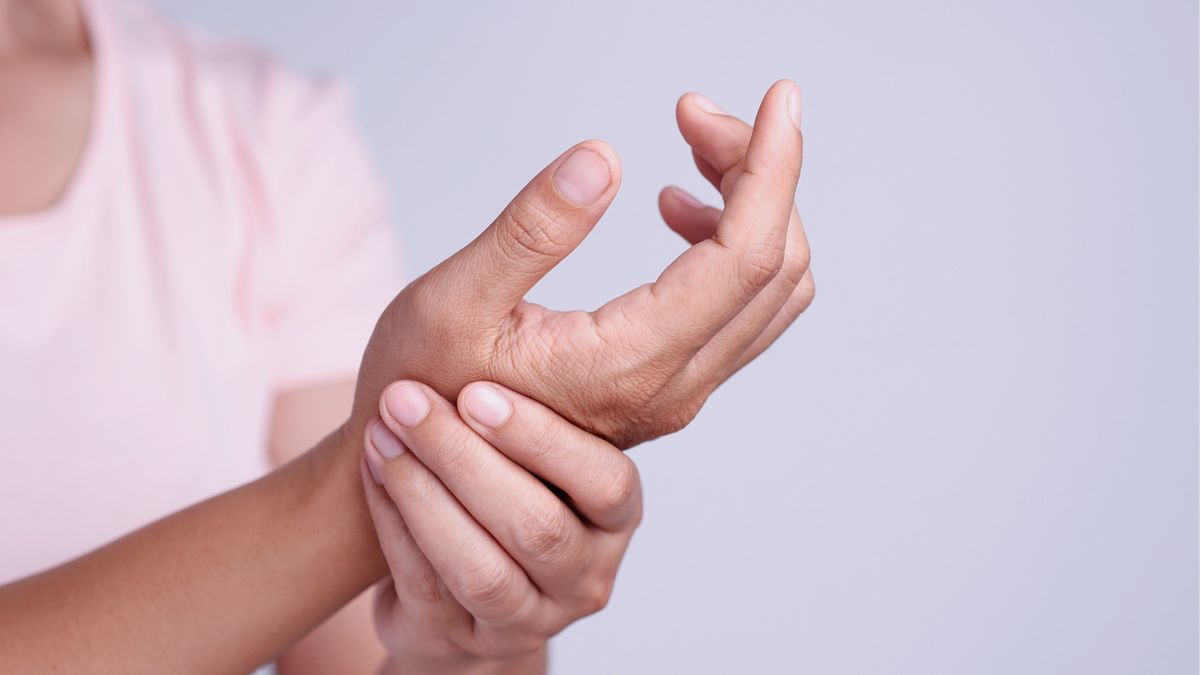When I turned 30, I knew life was going to change. I began a journey towards self-acceptance, learning to embrace my flaws, and focus on my strengths. But what I experienced was utterly unexpected. I was diagnosed with Rheumatoid Arthritis (RA) a few months after I ventured into my 30s. I’d never heard of this condition (much as many of you may not have either) but up to 14 million people around the world have RA as per the World Health Organization.
A condition like RA means your immune system is attacking your healthy cells by mistake, causing inflammation. It typically starts showing up in your small joints, such as fingers and toes, in the form of shooting pain preventing you from moving the joints without discomfort. And the medication you’re given essentially suppresses the immune system to prevent this attack. But when your immune system is suppressed, it leaves you vulnerable to other health issues. Which means, you’re likely to be at a higher risk for developing other chronic diseases such as heart disease, diabetes and more.
However, I was very fortunate to have received the right diagnosis early on. For most people, RA doesn’t get detected easily, as there is no one test that determines the diagnosis. Rheumatologists conduct physical exams, run different lab tests, and do X-rays to know for sure. But an early detection can greatly help one cope with the pain RA brings and work towards slowing its progression.
In the upside down…

When I got my diagnosis and heard the word ‘arthritis’, I was puzzled. We often associate this condition with bone deterioration or joint pain in old age. But RA can present itself at any age and it’s an auto-immune condition that has no specific cause nor any treatment. You just have to find a way to live with it and manage the pain it brings.
When you can’t pinpoint the exact cause of something, you can’t find a solution. I couldn’t reconcile with the fact that this is not in my control; that there is no known treatment and hence, no end to the pain it causes. I spent many years trying to find something, anything that could work. I took all the allopathic medication that was prescribed, I tried to change my diet, I tried acupuncture therapy, specific exercises that could help, and more. Nothing worked for long; I would get temporary relief which would trick my mind into believing it was over. And then I’d wake up one morning with pain so severe, I couldn’t move an arm or walk without limping.
The worst thing is that RA doesn’t just have a physical impact. It compromises your mental health too. When you’re in pain practically all the time, it’s hard to feel upbeat or have a positive outlook and that percolates into other areas of your life.
Trials and triumphs
It has been a tumultuous eight years. There were times when the pain in my fingers was so much that I couldn’t type during work (which is a pre-requisite of the job), shake hands with anyone, hold a cup, or do anything without wincing in pain. And it was hard to explain to people why I couldn’t do basic things at work because most people haven’t heard of RA, and hence, they don’t understand how it can be so severe one day and not the next. And, they think every condition must have a treatment, I just hadn’t found it yet.
I have been lucky to have had some of the kindest friends and colleagues, who were instrumental in helping me deal with this better. With a condition like RA, support and understanding goes a long way is helping people navigate their way in managing this condition. It especially helps when you can share your experiences with others who have RA or similar auto-immune conditions, as they understand you with the depth that you need.
Tips for pain management

One of the things that greatly helped me manage my pain better was reducing the consumption of sugar and processed foods as they trigger an inflammatory response. Instead of eating baked goods made of refined flour, I switched to trying homemade recipes using almond/oats flour to make muffins and pancakes to satiate my sweet cravings. I also include anti-inflammatory foods in my meals such as turmeric, ginger, tomatoes, berries, nuts (almonds, walnuts pistachios, sunflower seeds), eggs, chia seeds, and more.
You can experiment with different chia pudding recipes (it's also a good source of protein), make lemon ginger energy balls, have a frozen berry smoothie, roast a variety of nuts to have as a snack, and try turmeric ginger tea or simply have a 3/4th spoon of turmeric in water every day. You can also opt for turmeric tablets available at medical stores from brands like Organic India and Dabur.
To reduce joint stiffness, I do low-impact exercises such as brisk walking, yoga, and stretching. Listening to positive affirmations also helps stay on an optimistic path when you feel too overwhelmed by painful symptoms. On days I have flare-ups, I do simple hand exercises such as thumb crosses, thumb to fingertip touches, bending wrists up and down, and slowly curling fingers closed one knuckle at a time for short durations.
Embracing the chaos
Acceptance for me was truly the key to embracing this life-changing condition. Making peace with it empowers you to find ways in which you can manage RA and prevent it from disrupting your life. Explore what works well for you as each person reacts differently to diet changes to improve gut health or exercises for pain management. When treated with the right medication and sustained lifestyle changes, there is a good chance your RA can go into remission. This means there are no symptoms or signs of RA activity, your tests show little or no inflammation levels. Though there's no guarantee it will happen, but remission is certainly attainable with an early diagnosis and aggressive treatment.
Just don’t let this prevent you from living the life you want. I’ve been on arduous treks, taken Zumba lessons, and hope to try kickboxing too with the right precautions. Life goes on… just in a different direction.
Helpful resources
- Arthritis.org
- Arthritis.ca
- Healthline.com
(The writer can be reached on ruchika.v.work@gmail.com)




